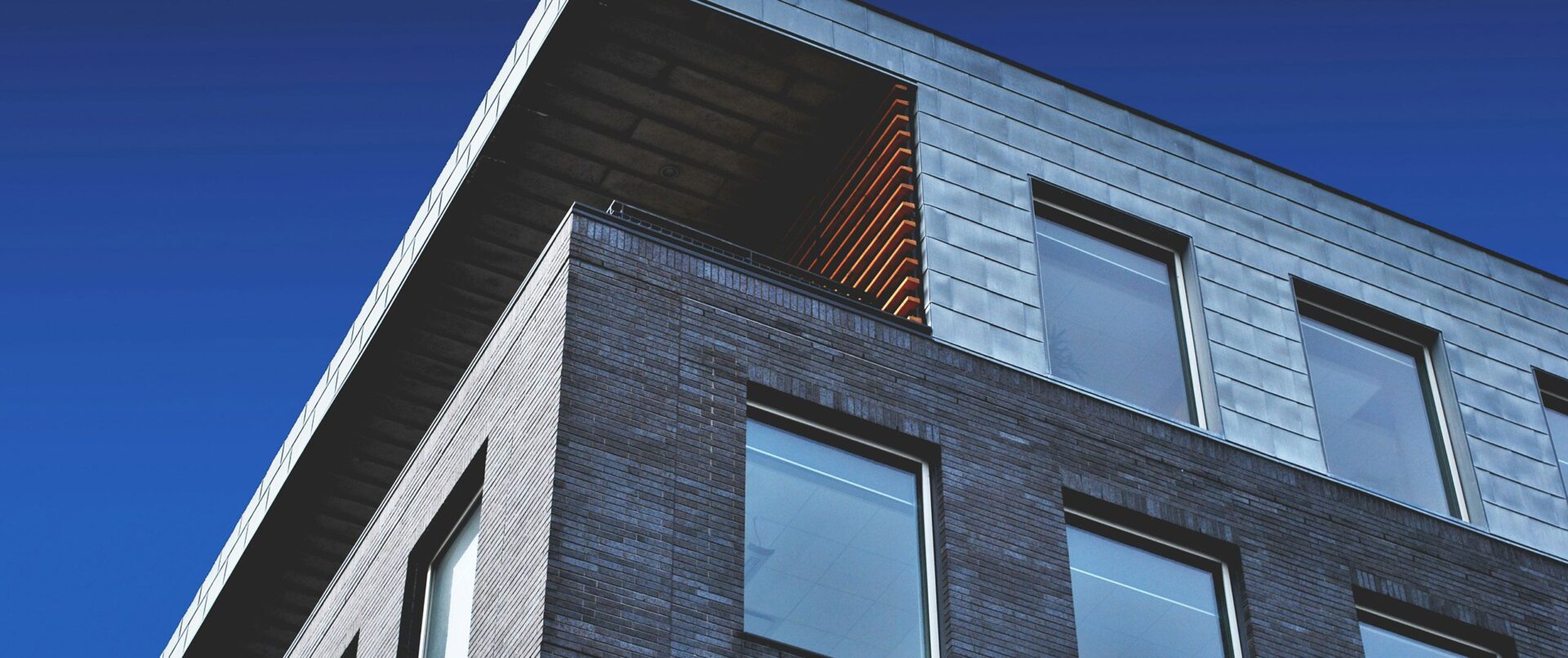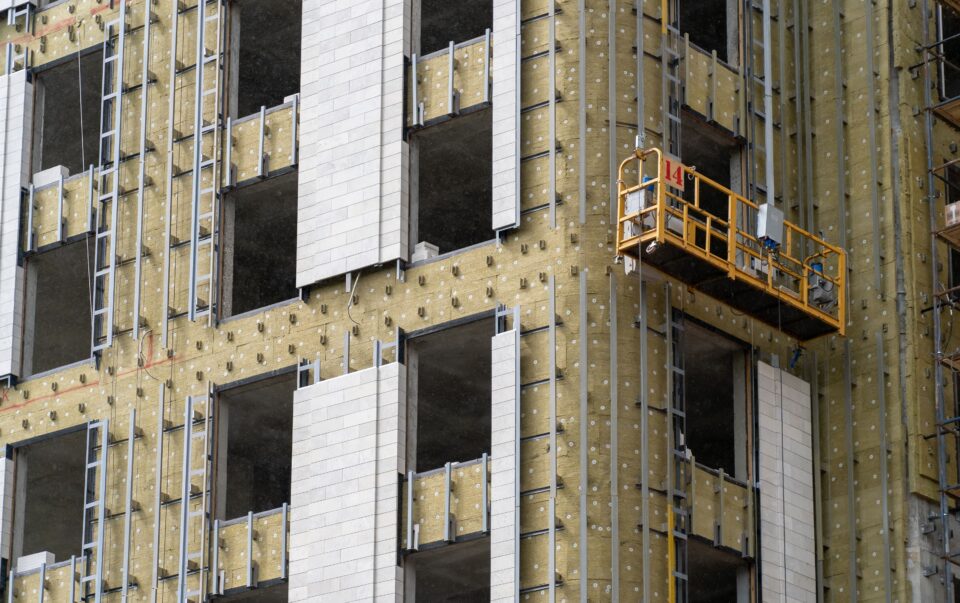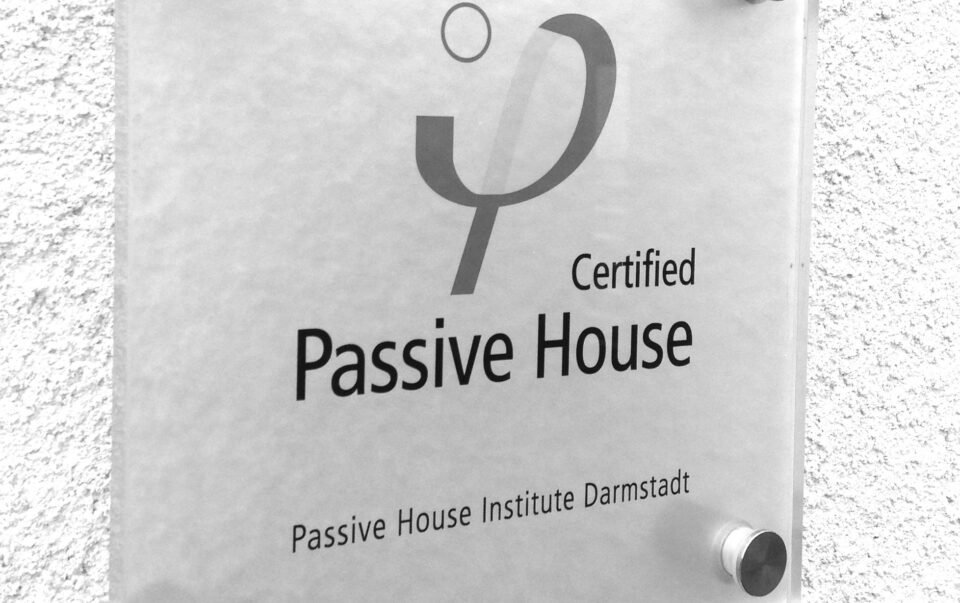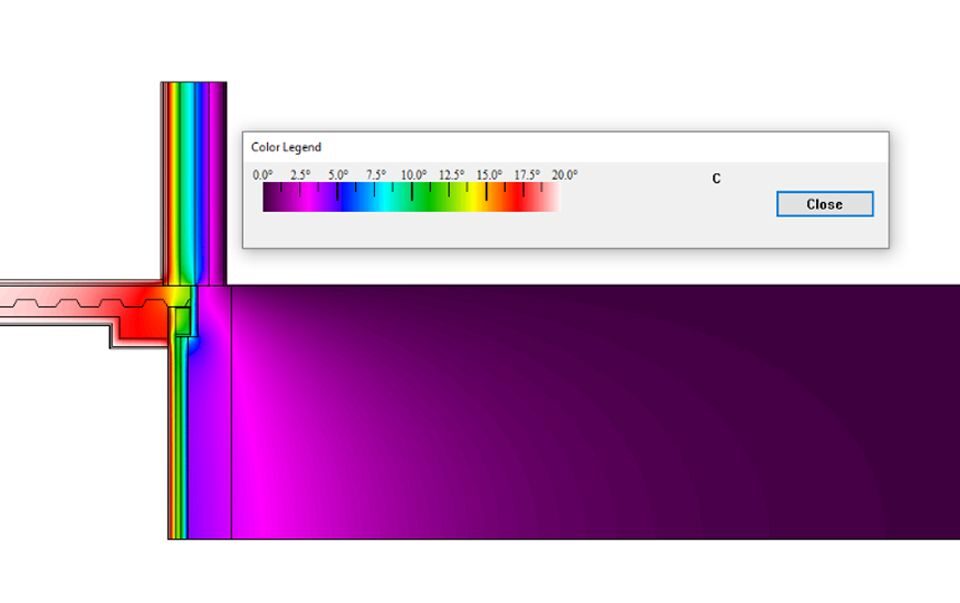
Low Energy Building Design
Part L & O
Building Regulations Design
PAS2035
Assessment, Design & Coordination
PAS2038
Assessment, Design & Coordination
PassivHaus
Newbuild + EnerPHit
A fabric first approach to building design can reduce carbon, lower operating costs, and improve comfort. Standards form an important part of the low energy building design process from meeting BREEAM targets to achieving PassivHaus certification.
Fabric-First and Improving Building Fabric Performance
We always recommend a fabric-first approach to reduce energy demand and improve indoor comfort at initial design stages.
The design of robust insulation, airtightness, and thermal bridging details can make a significant impact on the sizing of heating & cooling equipment as well as provide long term benefits over the life cycle of the building.
A fabric first approach provides a range of benefits such as a reduction in energy demand & carbon, reduced risk of condensation and mold, lower overheating risk and improved wellbeing conditions. Improving the building fabric at design stage can reduce lifetime operating costs, maintenance costs and increase the life of the building as well as the asset value.

Dynamic Thermal & Energy Modelling Capability
At Mantis we recognise the importance of advanced energy modelling during building design stages. We use a number of cutting edge software programmes such as IES VE, SAP, SBEM, Design Builder, PassivHaus Planning Package (PHPP) and Design PH.
Energy modelling is required to meet a variety of design requirements such as accurate energy and heating demand, understanding overheating challenges with certain building types as well as models to confirm if a building will meet certain building criteria (Part L Building Regulations, BREEAM Ratings, PassivHaus & EnerPHit Certification, Part O Overheating Standards and WELL building standards.

Standards & Certification
Standards and certifications can apply to both newbuild and retrofit schemes. We help projects meet industry recognised building regulations and performance standards such Part L, Part O, PAS 2035, PAS2038 and the WELL Building Standard.
For projects wanting to excel in building performance we can also support buildings that require certain sustainability certifications such as BREEAM “Excellent” and “Outstanding”, PassivHaus, EnerPHit and AECB CarbonLite.

Strategy, Feasibility, Design, Delivery & Monitoring
Each project can require different levels of support at different stages depending on building type and complexity. We support low-energy building projects from initial strategy studies all the way through to on-site monitoring to verify that the building is performing as designed, following the RIBA Plan of Work Stages 1–7.
Our role is to ensure energy efficiency, carbon reduction, and long-term operating performance are built into the fabric of the building from the beginning. Working closely with architects, structural engineers, and contractors, we help turn design strategies into practical, buildable solutions that are cost effective and meet sustainability targets.
